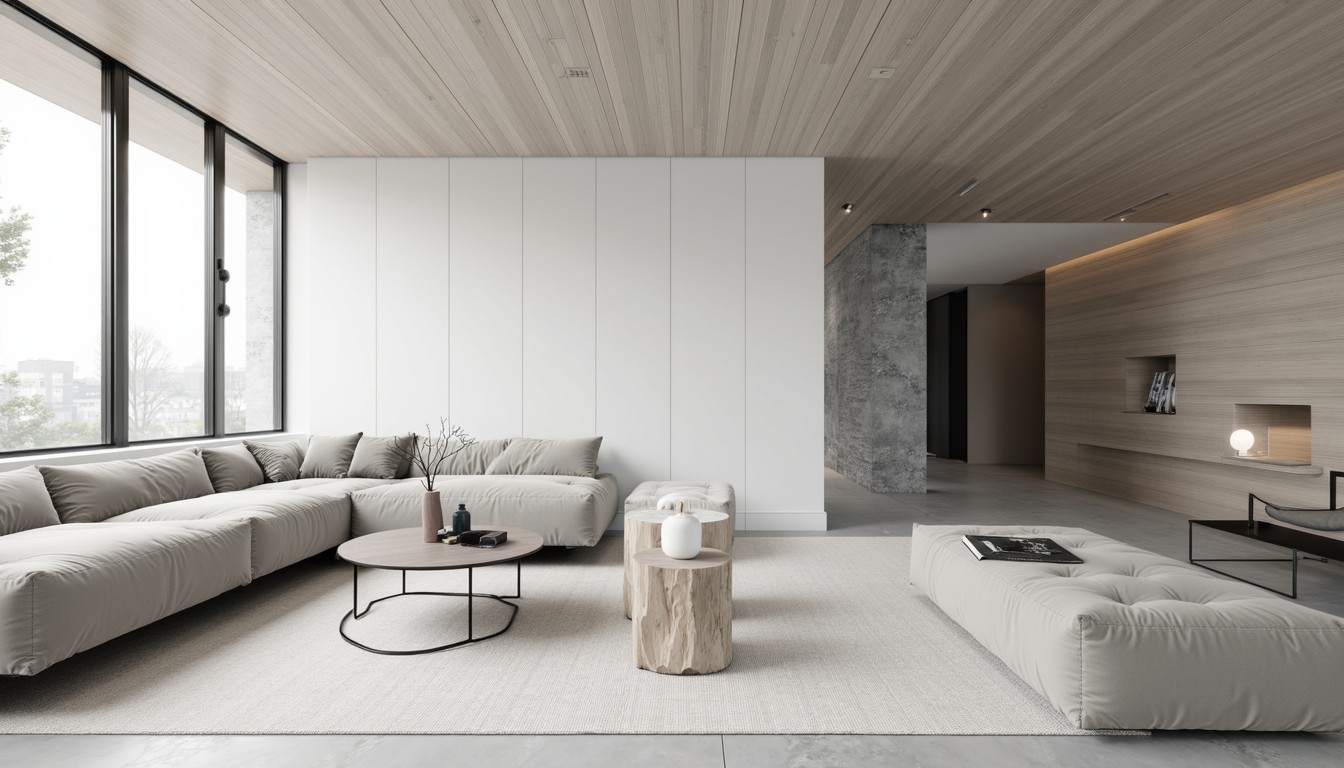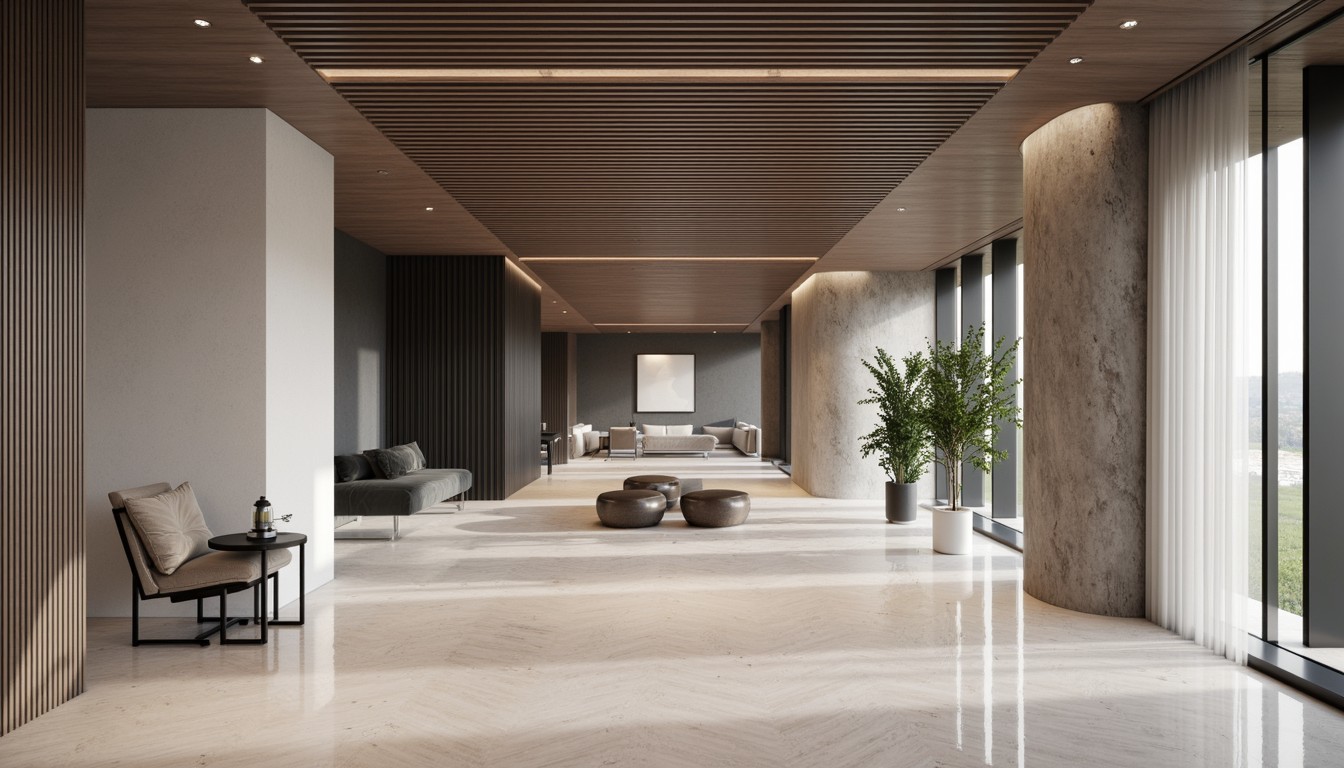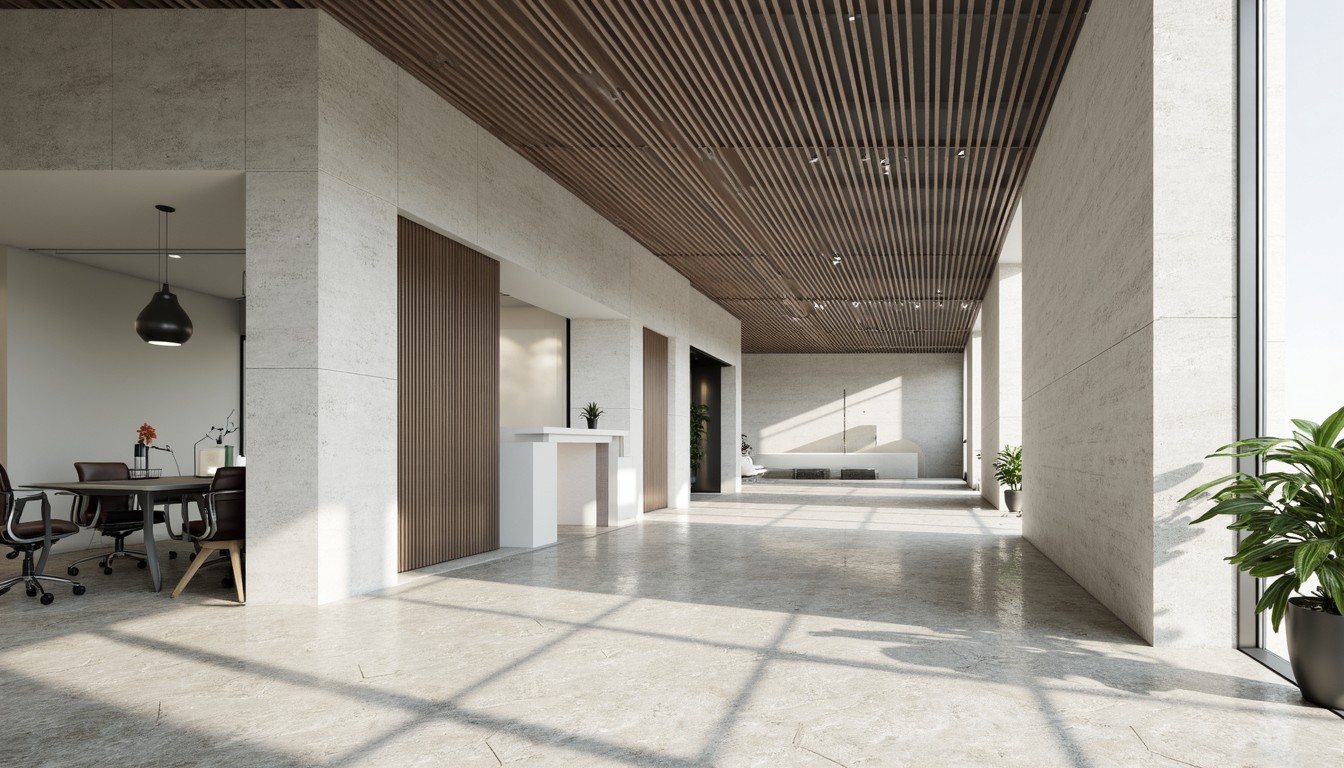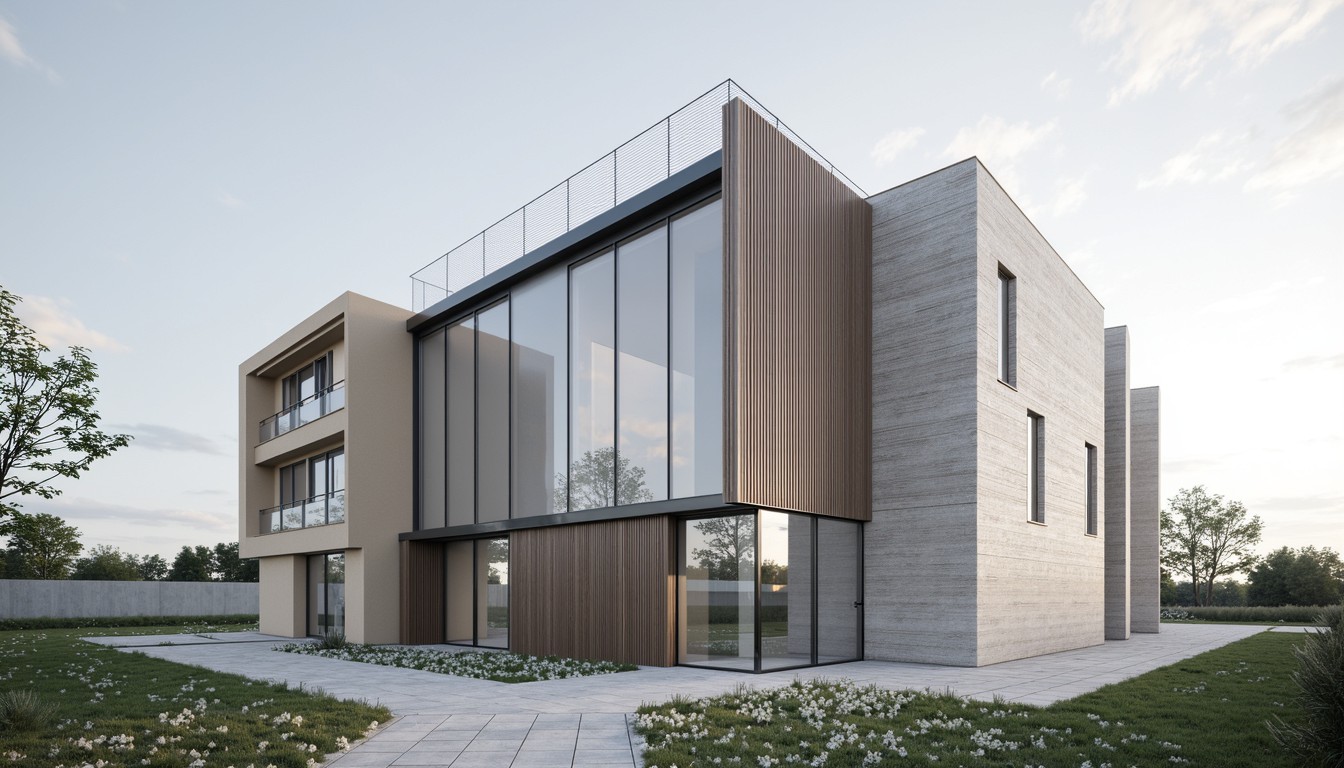3D Printing in Construction: Building the Future
The construction industry, often slow to adopt new technologies, is experiencing a seismic shift with the rapid advancement of 3D printing. No longer a futuristic fantasy, 3D printing, or additive manufacturing, is transforming how we design, build, and envision structures, offering unprecedented possibilities for architects, engineers, and contractors alike. This article delves into the exciting world of 3D printing in construction, exploring its current applications, future potential, and the challenges it faces.
The Rise of Additive Manufacturing in Construction

3D printing in construction utilizes specialized machinery to layer building materials, such as concrete, mortar, or even recycled materials, according to a digital design. This process, unlike traditional methods, allows for the creation of complex geometries and intricate designs previously impossible or prohibitively expensive to achieve. The technology has evolved from printing small-scale architectural models to constructing entire buildings, bridges, and even entire communities.
Types of 3D Printing in Construction
Several methods exist for 3D printing construction materials, each with its advantages and disadvantages:
- Extrusion-based 3D printing: This method uses a nozzle to deposit material layer by layer, similar to a desktop 3D printer, but on a much larger scale. It's often used with concrete and other cementitious materials.
- Binder jetting: This technique uses a binder to selectively bind particles of a material, such as sand or powder, creating a solid structure. This method offers high precision and can use a wide range of materials.
- Vat polymerization: This process uses a vat of liquid resin that is cured layer by layer using UV light. It’s often used for creating intricate details and architectural models.
Real-World Applications of 3D-Printed Structures
The applications of 3D printing in construction are vast and continuously expanding. Here are some notable examples:
- Residential construction: Entire houses are now being 3D printed, reducing construction time and labor costs significantly. This is particularly beneficial in addressing housing shortages.
- Commercial buildings: From office buildings to retail spaces, 3D printing offers the potential to create unique, customized structures with complex designs.
- Infrastructure projects: Bridges, retaining walls, and other infrastructure components can be 3D printed, offering durability and efficiency.
- Architectural details: Intricate facades, decorative elements, and customized features can be easily created using 3D printing, adding a unique aesthetic touch to buildings.
- Emergency housing and disaster relief: The speed and efficiency of 3D printing make it ideal for creating temporary shelters and housing after natural disasters.
Benefits of 3D Printing in Construction

The adoption of 3D printing in construction offers numerous advantages:
- Reduced construction time: 3D printing significantly accelerates the construction process, leading to faster project completion.
- Lower labor costs: Automation reduces the need for extensive manual labor, lowering overall costs.
- Reduced material waste: Additive manufacturing minimizes material waste compared to traditional subtractive methods.
- Increased design flexibility: Complex and customized designs are easily achievable, pushing the boundaries of architectural creativity.
- Improved sustainability: The use of recycled materials and reduced waste contributes to a more sustainable construction process.
Challenges and Considerations
Despite the numerous benefits, 3D printing in construction faces challenges:
- Scalability: Scaling up 3D printing operations to meet the demands of large-scale construction projects remains a challenge.
- Material limitations: The range of printable materials is still limited compared to traditional construction methods.
- Cost of equipment: The initial investment in 3D printing equipment can be substantial.
- Regulatory hurdles: Building codes and regulations need to adapt to accommodate 3D-printed structures.
- Skilled labor: Operating and maintaining 3D printing equipment requires specialized skills and training.
The Future of 3D Printing in Construction

The future of 3D printing in construction is bright. Ongoing research and development are addressing the current challenges, leading to improvements in speed, efficiency, material selection, and scalability. We can expect to see even more widespread adoption of this transformative technology in the coming years, leading to innovative and sustainable building practices.
ArchNav: Your Partner in Visualizing the Future
At ArchNav, we understand the transformative potential of 3D printing in construction. Our cutting-edge architectural visualization services help architects and developers explore and showcase the possibilities of this exciting technology. We create stunning, realistic renderings and animations that bring your 3D-printed designs to life, enabling you to effectively communicate your vision to clients and stakeholders. Contact us today to learn how ArchNav can help you build the future of construction.
